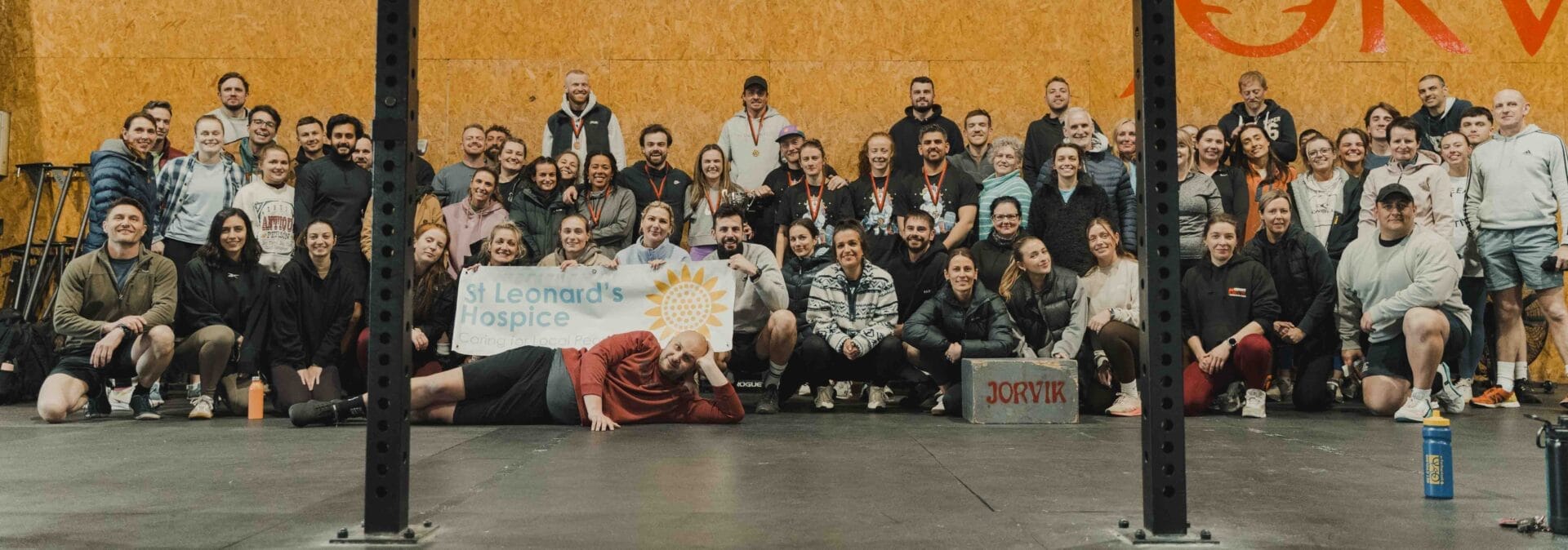-
01
Discovery CallGet started by chatting with a coach about your goals.
-
02
PlanTalk with a coach and make a plan.
-
03
ResultsStart training, follow your programme and get results.
Getting started is easy at the best gym in York
At CrossFit Jorvik in York, we believe that the path to reaching your goals starts with an actionable plan. Talk with one of our expert coaches to learn more about which programme style will fit your lifestyle. Join our gym to get results that last.
Fill out the form below to get started
Take the first step towards getting the results that you want
Lucy's Story
I thought I would be too old and out of shape to fit in! This was completely unfounded, there's always a variation and I've definitely gotten stronger
Abi's Story
I now get to train with friends I've made and get my day off to a good start with the 6am class!
Tom's Story
Gyming on my own at work wasn't working for me, turning up with the workout planned has made me stronger and fitter as well as made me eat healthier
Achieve your goals with us
Take the first step in becoming your own success story.
Fill out the form below to get started
Take the first step towards getting the results that you want

